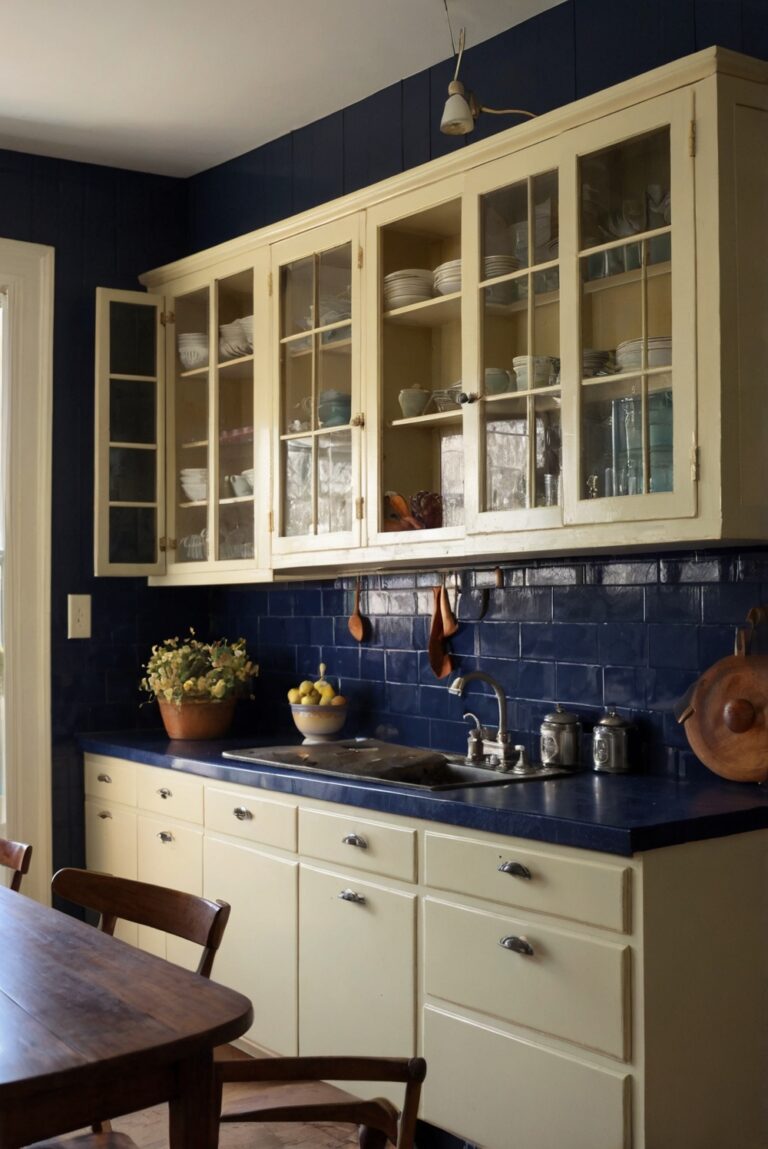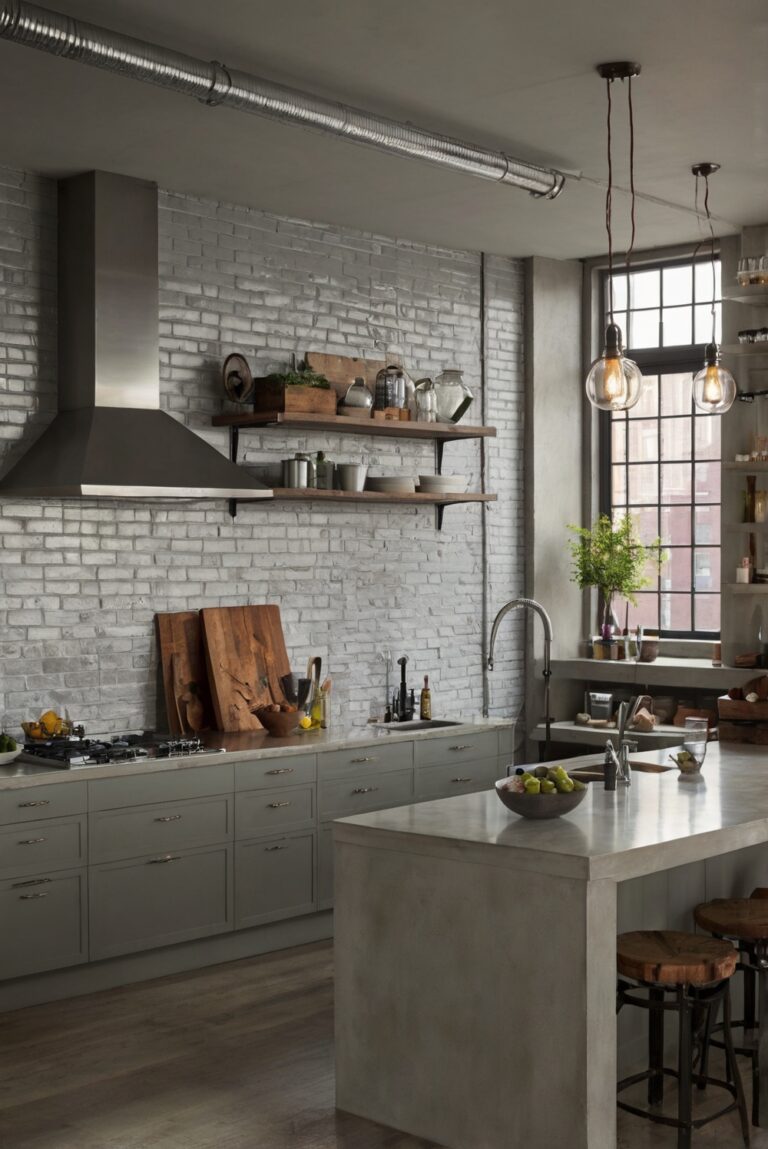Discover step-by-step guidance on how to install a kitchen sink yourself in this post about daily interior designer routine with decor inspiration.
**
How to install a kitchen sink yourself?
**
**
How to install a kitchen sink yourself?
**
To install a kitchen sink yourself, start by turning off the water supply, disconnecting the old sink, and removing it. Then, measure and cut a hole for the new sink following the instructions provided. Install the new sink by attaching it to the countertop and reconnecting the plumbing. Be sure to seal the sink properly to avoid leaks. Remember to consider the space around the sink for future home decorating and interior design projects. Taking on this task yourself can save you money and give you a sense of accomplishment in your home decor interior design.
What to Consider Before Installing a Kitchen Sink:
Before you start the installation process, there are some important factors to consider. First, **measure** the space where the sink will go to ensure it will fit properly. **Check** the plumbing and make sure it is in good condition. **Decide** on the type of sink you want – undermount, top mount, or farmhouse. **Choose** a sink that complements your kitchen’s style and meets your needs.
Tools and Materials Needed:
To install a kitchen sink, you will need several tools and materials. **Gather** the following items before you begin: a new sink, faucet, garbage disposal (if desired), plumber’s putty, silicone caulk, adjustable wrench, screwdriver, bucket, and towels. Make sure you have everything you need before starting the installation process.
Steps to Install a Kitchen Sink:
Here are the basic steps to install a kitchen sink yourself:
1. **Turn off the water supply:** Before you start, turn off the water supply to the sink.
2. **Disconnect the plumbing:** Remove the old sink by disconnecting the plumbing connections.
3. **Remove the old sink:** Take out the old sink and clean the area.
4. **Install the new sink:** Place the new sink into the opening and secure it in place.
5. **Connect the plumbing:** Reconnect the plumbing connections and attach the faucet.
6. **Seal the sink:** Use plumber’s putty or silicone caulk to seal around the edges of the sink.
7. **Test for leaks:** Turn the water back on and check for any leaks.
Common Mistakes to Avoid:
When installing a kitchen sink, there are some common mistakes to avoid. **Make sure** to properly measure the space before purchasing a sink to ensure it fits. **Avoid** over-tightening the connections, as this can cause damage. **Check** for leaks after installation to prevent water damage.
Benefits of Installing a Kitchen Sink Yourself:
Installing a kitchen sink yourself can save you money on installation costs. **It allows** you to choose the sink and faucet that best suits your needs and style. **By doing** it yourself, you have control over the process and can ensure it is done correctly.
1. How do I choose the right kitchen sink for installation?
When choosing a kitchen sink for installation, consider factors such as size, material, style, and budget. Stainless steel sinks are durable and easy to clean, while composite sinks offer a variety of colors and resist stains. Single-bowl sinks are ideal for smaller kitchens, while double-bowl sinks provide more versatility. Undermount sinks create a seamless look, while top-mount sinks are easier to install. It’s important to measure your cabinet space and choose a sink that fits properly.
2. What tools are needed to install a kitchen sink?
To install a kitchen sink yourself, you will need a wrench, screwdriver, plumber’s putty, silicone caulk, adjustable pliers, tape measure, and a hacksaw. You may also need a sink mounting kit, depending on the type of sink you choose. It’s important to have all the necessary tools on hand before starting the installation process.
3. How do I prepare the area for installing a kitchen sink?
Before installing a new kitchen sink, make sure to shut off the water supply and disconnect any existing plumbing connections. Remove the old sink and clean the area thoroughly. Check for any damage or leaks in the plumbing and make any necessary repairs. It’s also a good idea to create a template of the sink opening to ensure a proper fit.
4. What are the steps to install a kitchen sink yourself?
To install a kitchen sink yourself, start by attaching any mounting brackets or clips to the sink. Apply plumber’s putty around the edges of the sink opening and carefully lower the sink into place. Secure the sink with clips or mounting brackets and connect the drain and water supply lines. Finally, apply silicone caulk around the edges of the sink to create a watertight seal.
5. How can I ensure a successful kitchen sink installation?
To ensure a successful kitchen sink installation, double-check all measurements and connections before securing the sink in place. Test for leaks by running water through the drain and checking for any drips or puddles. Make sure the sink is properly supported and sealed to prevent any water damage. If you encounter any issues during the installation process, don’t hesitate to consult a professional plumber for assistance.







